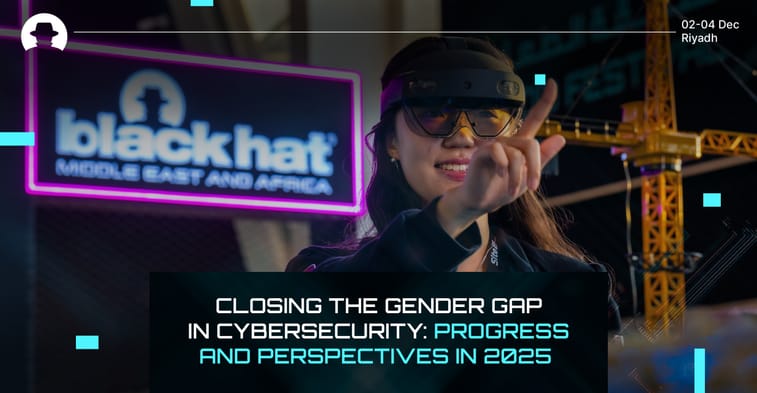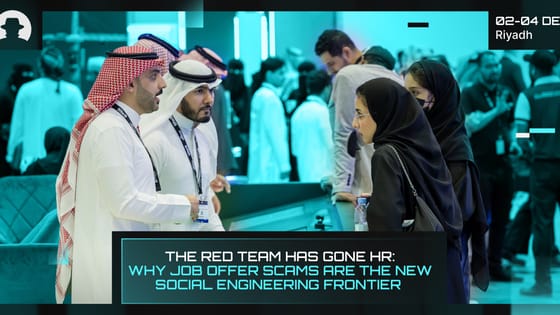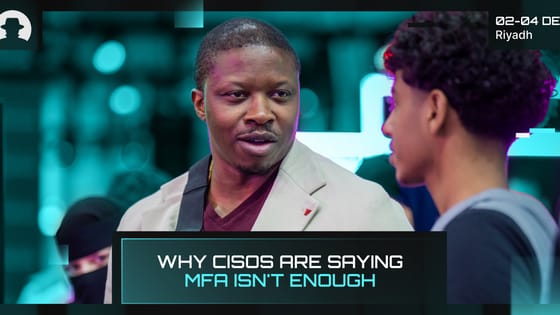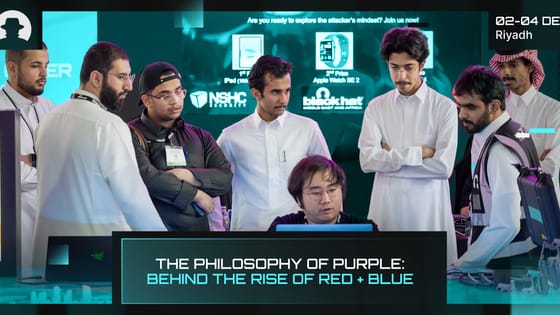
Cybersecurity is one of the fastest-growing and most critical tech sectors today. And yet in spite of the high demand for skilled professionals, the industry continues to grapple with a significant gender gap.
In 2025 we’re seeing encouraging signs of change; but as a global community, we need to speed up the process of making cybersecurity an equitable field of study and work. Gender diversity in cyber is good for everyone, and it enables better business outcomes and stronger cyber resilience – so it’s an issue worth working on.
Last year we spoke to Irene Corpuz (Founding Partner and Board Member, WiCSME), a seasoned IT leader and cyber strategist with over 30 years’ experience. She’s deeply involved in championing women in cybersecurity through Women in Cybersecurity Middle East (WiCSME), an organisation dedicated to creating a more inclusive and diverse cyber workforce.
Here’s what she had to say about the journey so far and where we’re headed.
The rise of women in cybersecurity
WiCSME launched in 2018, when nine founding partners came together with a bold mission.
“We set out to forge a nurturing community tailored for women in the Middle East’s cybersecurity domain – a space to foster connections, enhance knowledge, and facilitate professional growth,” Corpuz explained. The organisation’s efforts go beyond mere networking — they run mentorship programmes, boot camps, and strategic partnerships, including the ITU Mentorship programme, to dismantle barriers for women in cybersecurity.
The impact?
“Once a field with scant female representation, we now celebrate a global female presence of 25%,” Corpuz noted. This figure comes from the (ISC)² Cybersecurity Workforce Study 2024, and represents a jump of 13% since 2015 – driven by advocacy, education, and targeted recruitment.
This progress is more than just numbers. It’s about reshaping the industry’s culture. Initiatives worldwide have pushed to create environments where women feel valued, heard, and empowered to lead.
Encouraging women to enter (and stay in) cybersecurity
Closing the gap doesn’t just mean recruiting women. We also need to support their career progression and retention as they move through professional and personal transitions; so women can stay in the industry if they choose to have children, for example.
Corpuz’s advice for women who feel overlooked is strong: “Speak up about your achievements and don’t shy away from advocating for yourself. Seek mentors and allies who will support and amplify your voice. Your perspective is unique and valuable, and you deserve a seat at the table where decisions are made.”
But she also challenges organisations to do their part. “They must actively foster an inclusive culture that values diverse perspectives. It’s crucial to implement policies that recognise and promote women’s contributions and ensure equal opportunities for career advancement. Diversity is not just a metric – it’s a strategy that drives innovation and success.”
Several global initiatives take this approach. For example, the Cybersecurity Talent Initiative, a partnership between tech companies and universities, offers scholarships and internships aimed at women and other underrepresented groups, which have the potential to boost female enrolment in cybersecurity degree courses and create a stronger pipeline of future talent.
Break stereotypes and raise awareness
Efforts to close the gender gap need to challenge stereotypes about the industry – and particularly, raise awareness about the reality that jobs in cyber require a broad range of skills beyond the obvious technical ones. From strategic thinking and problem-solving to communication, there are opportunities in this industry for everyone; but most people don’t know this.
Events like Black Hat MEA and Women in Cybersecurity (WiCyS) conferences provide platforms for women to share their expertise, inspire others, and forge vital connections. Corpuz emphasises their importance: “Events like Black Hat MEA are invaluable — they’re not just about knowledge exchange but also about inspiration and community building. For me, such events are a cornerstone of my professional journey.”
There are challenges ahead
Yes, we’ve taken steps to close the gender gap. But our thoughts on this are, unfortunately, pretty much the same as they were a year ago: there are still significant obstacles standing in the way of an inclusive cybersecurity sector, and there’s a lot of work to do.
There is, however, increasing motivation to make this happen. The cybersecurity sector faces a global talent shortage, which puts additional pressure on organisations to build diverse, resilient teams quickly. A 2025 report from Gartner forecasts a worldwide deficit of nearly 3.5 million cybersecurity professionals, so attracting and retaining women isn’t just a social imperative – it’s an economic necessity.
The rise of AI and automation is also reshaping roles in cybersecurity, so practitioners have to continuously upskill. Inclusive training and support systems will be essential to ensure that all practitioners, including women, are not left behind in this evolving landscape.
Corpuz’s own career reflects persistence and passion: “Despite the challenges of entering a male-dominated industry, I held firm to my expertise and experience. The turning point came when a forward-thinking entity acknowledged my potential.”
Individual determination is important, but it isn’t everything. Employer and industry-wide support is essential to put opportunities in front of the women who want them.
As 2025 unfolds, the momentum to close the gender gap in cybersecurity continues to build. Thanks to organisations like WiCSME and the growing global community of advocates, the narrative is shifting from scarcity to opportunity. The cybersecurity world is gradually becoming more inclusive, more innovative, and more prepared for the threats that lie ahead – and at Black Hat MEA, we’ll keep working to highlight the work of gender-diverse talent.




